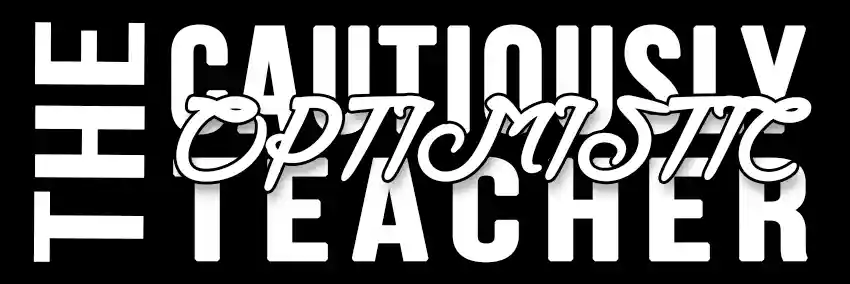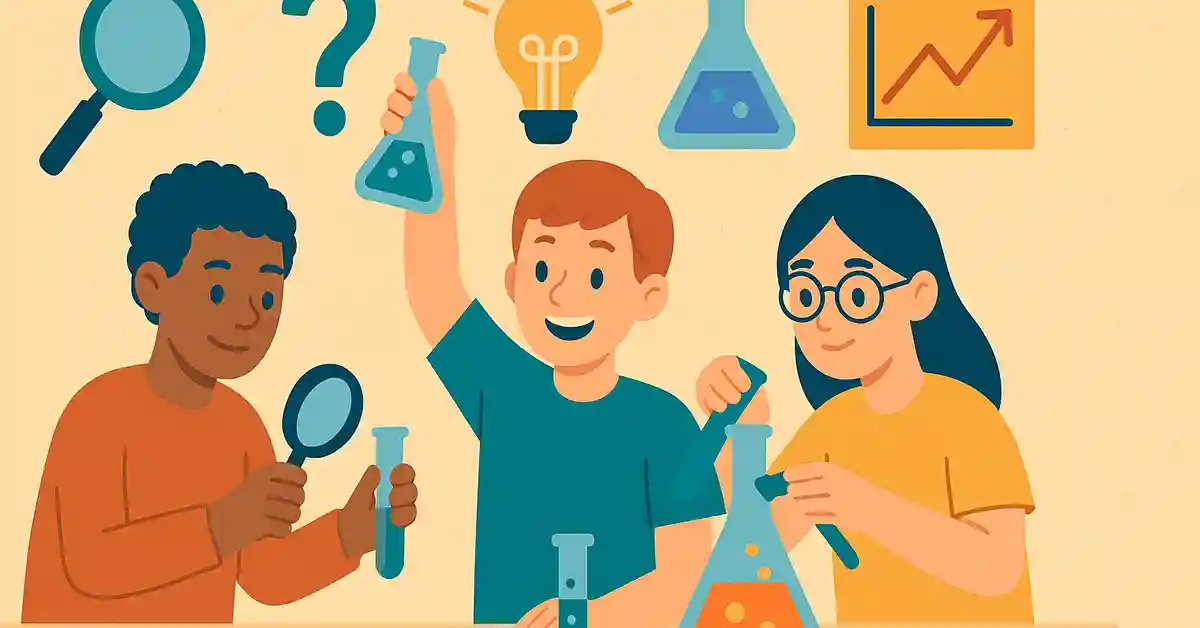Your Ultimate Scientific Method Worksheet for the Classroom
If your students ever blurt out “Why does that happen?”—congratulations! You’ve hit the entry point to the scientific method. As teachers, we’re constantly looking for ways to channel natural curiosity into structured inquiry. A well-designed scientific method worksheet gives students that structure, guiding them from an initial question to a solid, evidence-based conclusion. In this post, you’ll find an easy-to-replicate worksheet plus a deep dive into what the scientific method is, why it matters, and how to make each step resonate with young investigators.
What Is the Scientific Method?
At its core, the scientific method is a systematic process for answering questions about the natural world. While historians quibble about who first formalized it, the steps are remarkably consistent across textbooks:
Observation – noticing a phenomenon.
Question – phrasing the curiosity as a testable query.
Hypothesis – predicting an outcome based on prior knowledge.
Experiment – designing and executing a procedure to test the hypothesis.
Data Collection – gathering measurements or qualitative observations.
Analysis – looking for patterns or relationships in the data.
Conclusion – deciding whether the hypothesis was supported.
Communication & Reflection – sharing findings and evaluating next steps.
Because each step builds logically on the previous one, students learn not only what to think but how to think—an essential life skill that transcends the science classroom.
Why Do We Use the Scientific Method?
Consistency & Replicability
Scientists on opposite sides of the globe can replicate one another’s work because the method provides a common language. When students adopt that language early, they join a global conversation grounded in evidence rather than opinion.
Critical Thinking & Problem-Solving
The method trains learners to analyze variables, recognize bias, and draw reasoned conclusions. It’s the educational antidote to “I just feel like it’s true.”
Confidence in Results
When an experiment is structured correctly, even unexpected outcomes feel satisfying because students can trust the process. That confidence nurtures a growth mindset—failure becomes data, not defeat.
Cross-Curricular Strength
From persuasive writing (communicating findings) to mathematics (graphing data), the scientific method integrates seamlessly with other subjects, maximizing instructional minutes.
How to Introduce the Worksheet
Before handing out the worksheet, frame it as a map rather than a test. I begin with a quick demonstration—dropping Mentos into soda works nicely—then walk students through each worksheet prompt as we debrief the explosion. Once they see the template in action, they’re primed to use it in their own investigations.
Master Speed Reading and Memory
Unlock the secrets of speed reading and memory mastery. This practical guide helps you boost your reading speed, sharpedn recall, and learn smarter — starting today.
Buy Now

Click here for the Scientific Method Worksheet
Scientific Method Worksheet (Copy-Friendly Version)
Below is a printable version you can paste into any document or learning-management system. I’ve included generous blank lines; feel free to adjust spacing or add digital text fields.
Name:
Date:
Class:
1. Observation
(What did you notice? Use sensory details.)
2. Question
(What puzzle are you trying to solve?)
“How does / Why does / What effect does …?”
3. Hypothesis
(Predict the outcome and explain your reasoning.)
If ______________, then _____________ because ____________.
4. Materials
(List every item you will need, including quantities.)
5. Procedure
(Number each step so someone else could replicate your experiment.)
6. Data Collection
Quantitative Data (measurements, counts, times):
Qualitative Data (observations, sketches, photos):
7. Analysis
(Identify patterns, calculate averages, create graphs, etc.)
8. Conclusion
(Was your hypothesis supported or not? Cite specific data.)
9. Reflection & Next Steps
Sources of Error:
New Questions Raised:
How would you refine the experiment?
Tips for Using the Worksheet with Different Grade Levels
Elementary:
Use pictorial data (stickers, emojis) to represent results. Keep procedures to three simple steps and emphasize safety.Middle School:
Introduce variables—independent, dependent, and controlled. Encourage bar graphs or line graphs for quantitative data.High School:
Require students to cite scientific literature for their hypotheses and conduct statistical analyses (e.g., mean, range, or a simple t-test).
Beyond the Worksheet: Extension Ideas
Peer-Review Carousel – Students rotate worksheets, offering feedback on clarity and experimental design.
Real-World Connection – Pair each experiment with a current scientific study so learners see professionals using the same steps.
Digital Portfolios – Have students photograph each stage and compile a slideshow, reinforcing communication skills.
Citizen Science Tie-In – Link to projects like Globe at Night or iNaturalist where students can contribute real data.
Common Pitfalls and How to Avoid Them
Vague Hypotheses
Replace “Plants will grow better” with “Tomato plants exposed to blue LED light for six hours daily will grow at least 20 % taller than those under white fluorescent light after four weeks.”Incomplete Procedures
Remind students they’re writing for a stranger. Every measurement, timing detail, and control variable counts.Data Cherry-Picking
Celebrate “messy” data. Unexpected patterns often launch the best discussions about experimental design and human error.
Final Thoughts
A thoughtful scientific method worksheet transforms curiosity into academic rigor. By guiding students through each step—observation, hypothesis, experimentation, and reflection—you’re not just teaching science content; you’re cultivating analytical citizens ready to question the world responsibly. Print the template, adapt it to your grade level, and watch your classroom buzz with evidence-based discovery.
Happy experimenting—and may your students’ questions never run out!







